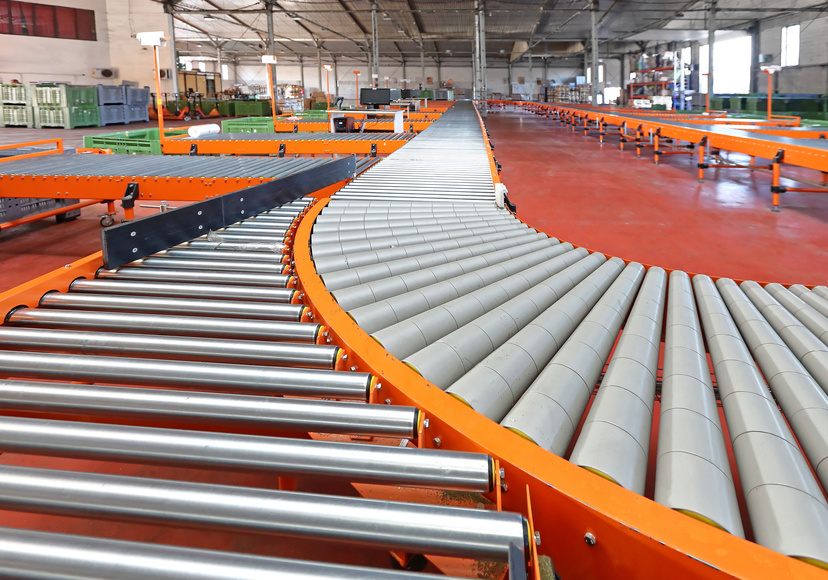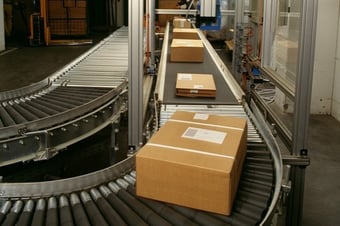
When it comes to material handling, the conveyor that the materials are transported on is just as important as the materials themselves. While the primary goal of most conveyor systems is to provide an opportunity to inspect products and transport them throughout your facility, this is not possible without the implementation of a proper handling system.
After long periods of time, conveyance systems made using traditional metallic parts can begin to show signs of wear and tear, causing inconvenient maintenance and down-time. Whether your system loses traction due to high-volume activity, becomes stiff with rust, or is corroded from exposure, the operational quality of the machinery directly affects your project execution performance.
The 4 Most Common Conveyor Belt Problems Faced By the Material Handling Industry:
-
1. Mistracking
Conveyor belt tracking, the process of aligning and managing a belt to maintain a specific path, is critical to creating the desired output of your system. When the belt drifts from one side to the other, also known as mistracking, your susceptible to unforeseen downtime, belt damage, product damage, and maintenance troubleshooting issues. Uneven belt wear, and even an entire system malfunction, can occur when a belt runs off its normal track.
-
2. Belt Slippage
When it comes to conveyor belts, too little or too much tension can cause a direct impact to the performance of your operations. If your head pulley wears down, there is no longer an adequate amount of traction to grip the belt causing excessive stretching, audible squeals, and conveyance slippage to occur. Time-consuming maintenance is often needed to remove build up, increase wrap on the drive pulley, or reconfigure tension requirements.
-
3. Seized Rollers
As mentioned above, most conveyor belt systems are traditionally constructed using metallic components such as steel. When these rollers seize up, they can eventually develop sharp edges that cause the belt to mistrack unequally along the center line. Not only does this pose a risk to safe working environments, but it can also damage the materials or parcels being transported. If a complete belt failure occurs, you're likely to be facing a long shut-down period.
-
4. Blockages
The main purpose of a conveyor belt is to ensure the efficient travel of material throughout the system. When this is compromised, the entire operation can become blocked and seize production to a halt. If the materials or parcels being transported catch on sharp edges, undergo rigid directional changes, or pass along a corroded chute surface, they may cause a build-up and form blockages. Much like any of the other conveyor belt problems, a blockage can easily equate to hours of lost production and non-recoverable dollars.
-
After-Market Solutions to Prolong the Life of Your Conveyor Belt System:

While the simple answer to these problems is to replace the conveyor belt components, the reality is that these issues are often recurring and will need to be replaced again in the future. If you have experienced any of these issues or others, you understand that the performance of your overall production is only as good as your individual components. Composite molding solutions offer a non-traditional alternative to metal-based conveyor belt systems.
Advanced composites are made from two or more materials with different properties that form a strong bond, but do not completely dissolve into one another. Components crafted by composite materials do not rust or corrode, and have very strong anti-wear properties. Often made with a combination of polymers, these materials are strong and durable, yet flexible enough to allow for easy readjustment and maintenance. Composites are water and heat-resistant, allowing them to handle a wide range of materials effectively without being damaged.
Globe Composite is able to craft custom components through composite molding in order to suit the needs of any client. After assessing the existing system and determining the best possible solution, the company will handle all phases of the project from composite material formulation and engineering to manufacturing and installation.



